What could be a better way to communicate the stories ingrained in our hearts than through paintings? While words can convey emotions to a certain extent, the language of colours and brush strokes is universal. In paintings, meanings are not lost in translation, which is the case for written expressions, as no two languages are equal. They speak through the boldness of colours, and through it, we read their inscribed meanings and the messages they are trying to deliver; for this reason, and the mere fact that one does need the ability to read to comprehend the message inscribed in painting, Rickshaw art over the last five decades proved to be a popular medium of transmitting messages to the general audience. This form of art has declined in recent years, facing competition from digital printing. In the past baby taxis used to be painted as well, however, in contemporary times, baby taxis have been replaced with CNGs, painted in monotonous green, and Rickshaw art has been replaced with revenue-generating posters and advertisements. This recent developments calls into attention greater need for their preservation since urban folk art is a crucial component of Bangladesh`s cultural heritage; they not only decorate Dhaka`s streets with its robust colours but also engrave precepts to instill positive changes in society.
While Rickshaw art is fading from the streets, the craftmanship of rickshaw painting is also becoming a rarity. But their preservation is crucial as they are an important aspect of urban folk art and are embedded in the public psyche as a conveyor of moral messages. Bearing in mind that such art forms play a key role in the local cultural heritage, the Embassy of the Kingdom of the Netherlands organized a five-day art workshop, where contemporary visual artists, alongside artists from gender-diverse communities and Rickshaw painters, narrated untold stories of a marginalized community – the gender diverse community – whose stories unfurl layers of complex identities that most of us are unaware about. The gender-diverse community, dwelling along the margins of society, consist of multiple communities and identities, and the paintings currently on display at Drik capture this plurality. These have been painted, reviving the Rickshaw art form. It is their stories that the ongoing exhibition, "Words from the Heart", showcases.
As I visited the workshop, I was quite enthralled to see people of multiple genders work together under the roof, narrating the tales of their struggles, success, coexistence, and celebration of their beauty. The final products that I witnessed at the exhibition bring to life these narratives. It illustrates various stories of gender-diverse communities, more prominently, their complex sexuality and the challenges they encounter in their day-to-day lives, and some of the paintings call into question our inherent notion of gender, i.e., the way we perceive it in binary. Surovi`s painting, `Supposed to be a Normal Life`, paints the multiplicity of transgender identities, the different beliefs manifested within them and their coexistence. Transgender refers to any individual whose gender-related identification or external gender presentation does not align with their birth sex, and the painting shows the evolution of their identity. It discloses that the identity of a transgender person is in the process of becoming. It is not constant or a given like cisgender – people who identify with the behavioural standards associated with a particular biological sex. For instance, a male identifies as being a man.

Color of dreams by Miraj Hossain
Russell`s Rana`s "The Fairy Tale" arrests masculine beauty as he adorns a man in pink, a colour usually associated with femininity. Further, the man in his imagination wears a lotus, long hair, and a peacock tail, all considered to be the epitome of feminine beauty. But this painting breaks free from the notion that only a woman can be beautiful and adorns a man with ornamental garbs.
We are often ingrained into thinking that a human being can be categorized into either a male or a female, and people identify with their biological sex, but TH Tonmoy, in his painting, "Celebrate your Singularity", shatters this duality as he shows the celebration of the life of a gender diverse couple, hence altering our image of a traditional couple.
The painting, Euphoria by Mrinali Devi captures a transwoman celebrating her beauty; she is a man trapped in a female body, but that does not impede her from celebrating her identity, and she transcends splintering social norms and taboos. Drawing inspiration from Botticelli`s "Birth of Venice", Mrinalini draws a transwoman who is confident about herself and the beauty she contains.
Miraj Hossain`s painting “Color of Dream’projects the array of dreams within the gender-diverse community; dreams in his painting are symbolized by the Rickshaw, which has wings to expand the horizon. It further shows that creativity is limitless and infinite, with the sky as its limit.
This exhibition in any way should not be viewed as an appropriation of Rickshaw art; rather, it is meant to create/facilitate a collaborative workshop bringing various artists under one roof to narrate the story of the gender-diverse communities as we once again enter into the 16 Days of Activism Against Gender-based violence. The Embassy of the Netherlands initiated the exhibition to align two core policies of the Netherlands together – the country`s commitment towards the well-being of gender-diverse communities and the preservation of local cultural heritage; this exhibition binds these two policy priorities together.
This article was first published in UNB authored by Namia Akhtar. Naima is a commentator on social and cultural affairs





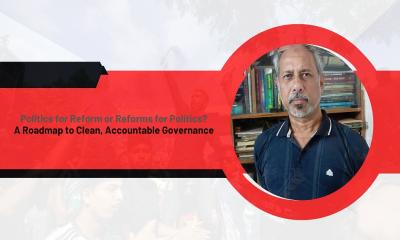

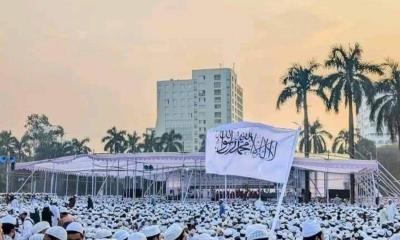
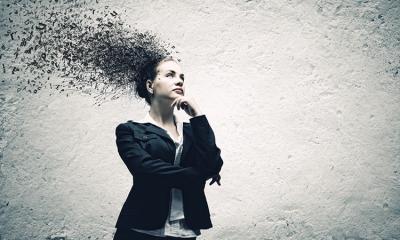
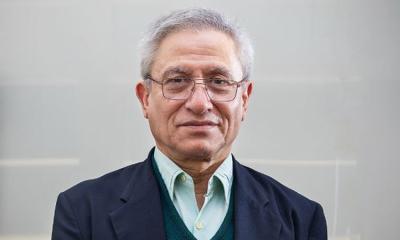
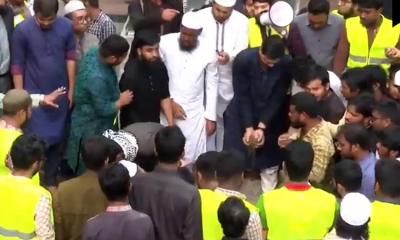
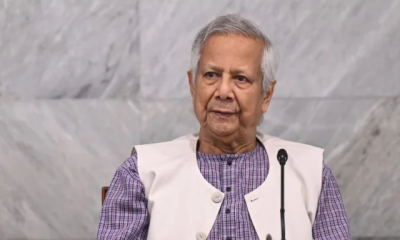
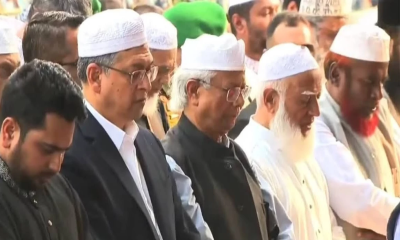
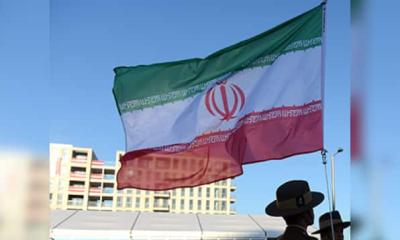
-20251220073333.jpeg)

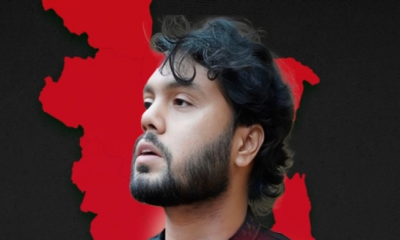

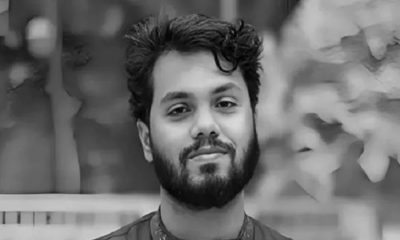
-20251219122251.jpeg)
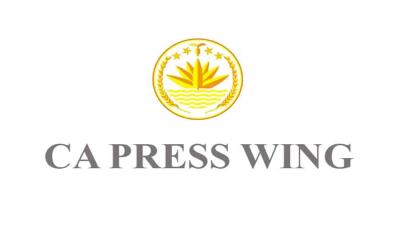
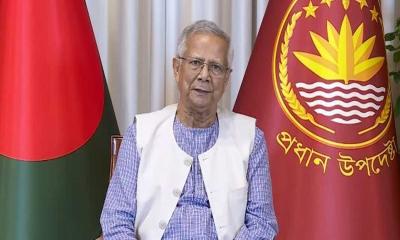

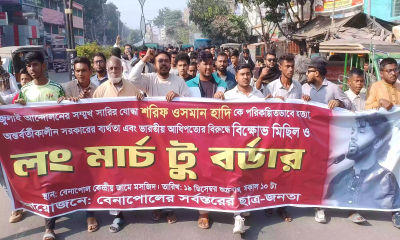
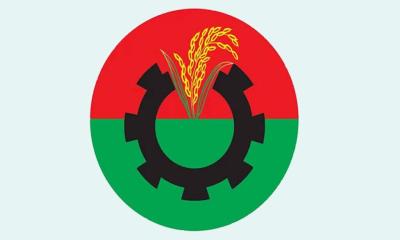
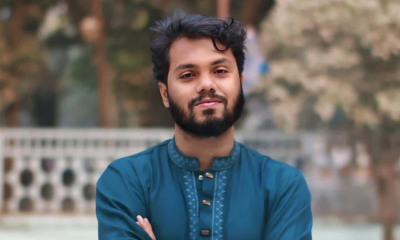
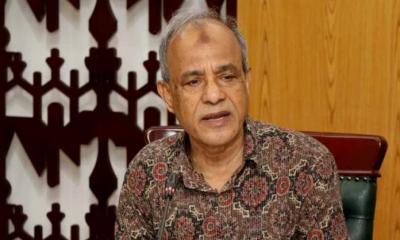

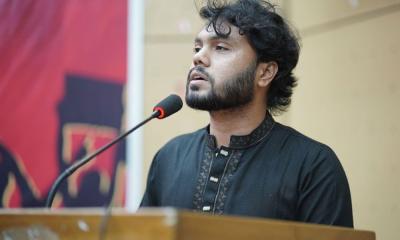
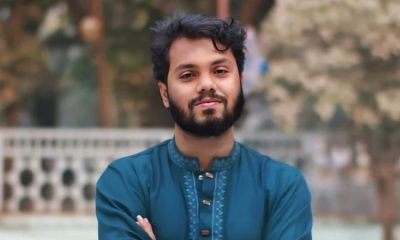
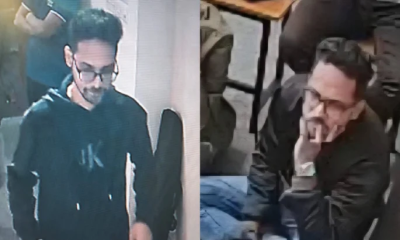
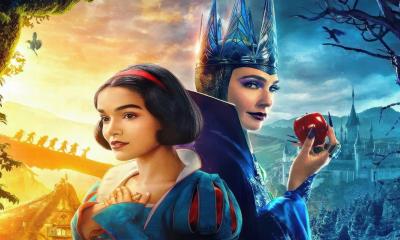
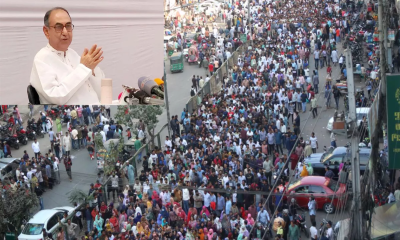

-20251218165258.jpeg)
-20251216090625.jpeg)

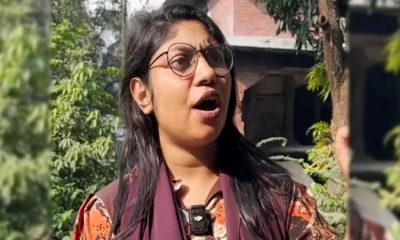
-20251216054240.jpeg)
